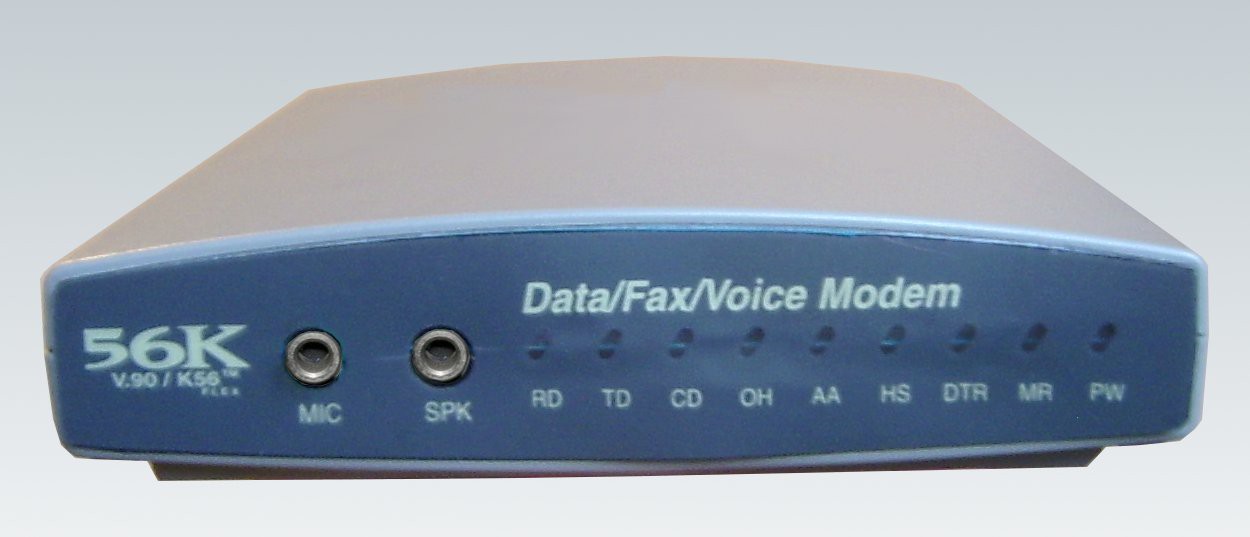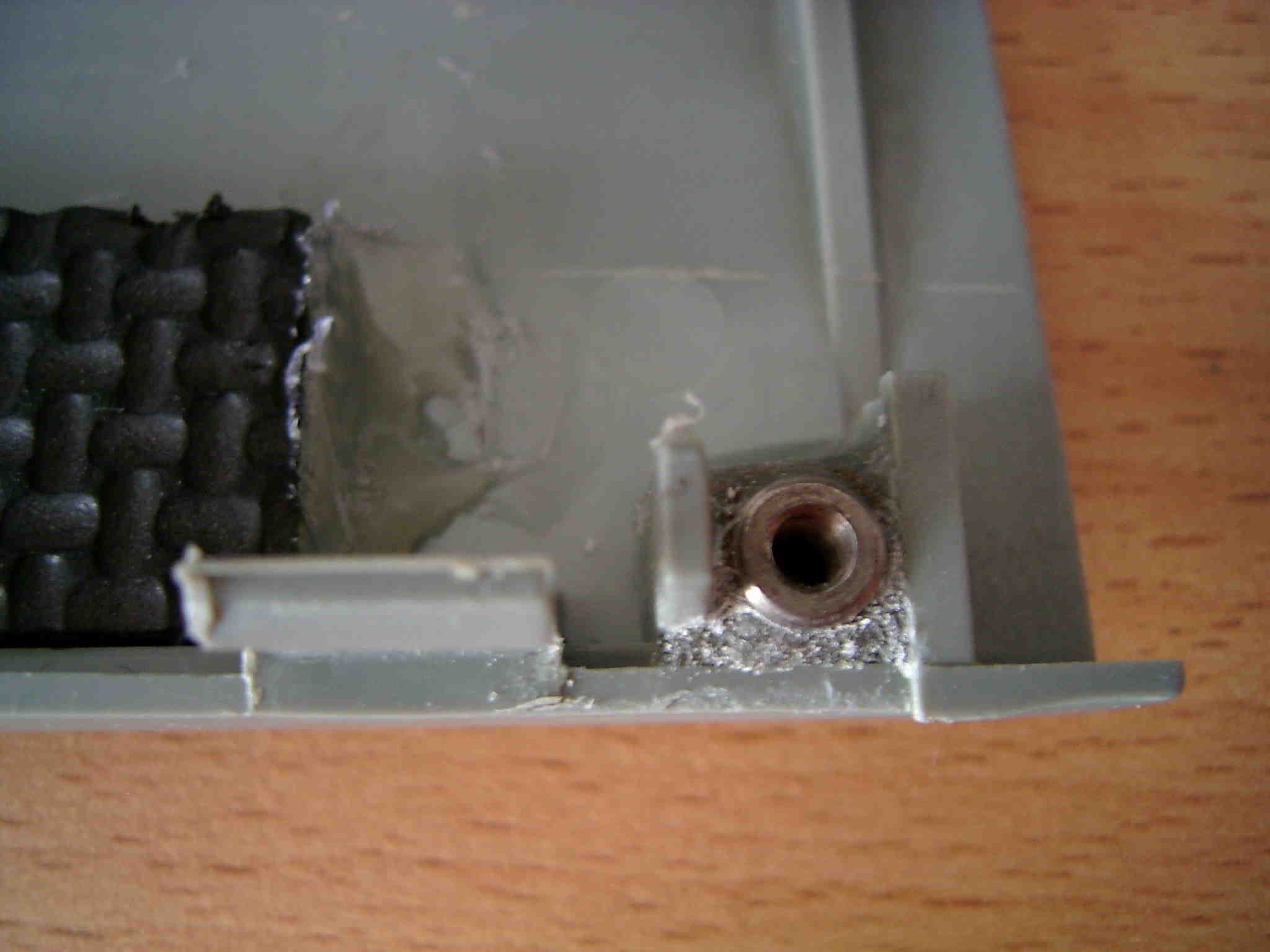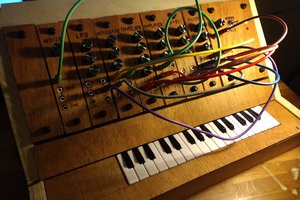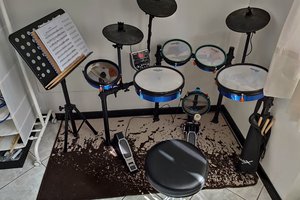Christian did not want to throw the powerful DB50XG synthesizer away – just because there are no up-to-date soundcards with a Waveblaster connector any more. The DB50XG was plugged into his Soundblaster AWE32 sound card which hung at the wall for five long years as a decoration. And before that, he hadn't used it for another eight years. But he always remembered the capabilities of the very reliable DB50XG synthesizer. So one day, he was fed up with the sad sight on the wall and began to search the Internet for soundcards with a Waveblaster connector. The result was negative but he found the CHiLL interface board which is a good solution because a stand-alone DB50XG synthesizer will work with any computer. Combining this with the enclosure of his old and useless 56k Rockwell modem, he created a good-sounding and good-looking MIDI module.
See the build instructions for more information.
 serdef
serdef




 AVR
AVR
 Matt Bradshaw
Matt Bradshaw
 Jonathan E. Brickman
Jonathan E. Brickman
 Evgeny
Evgeny